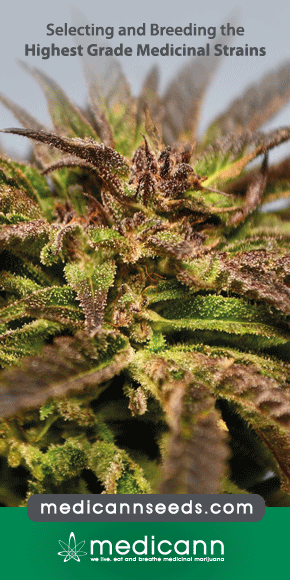Abstract
BACKGROUND:
Literature suggests the role of cannabis (marijuana) as an anti-inflammatory agent. However, the impact of recreational marijuana usage on in-hospital outcomes of inflammatory bowel disease (IBD) remains indistinct. We assessed the outcomes of Crohn’s disease (CD) as well as ulcerative colitis (UC) with vs. without recreational marijuana usage using a nationally illustrative propensity-matched sample.
METHODS:
The Nationwide Inpatient Sample datasets (2010-2014) were queried to identify adults with CD and UC hospitalizations with cannabis use and linked complications using ICD-9 CM codes. Categorical and continuous variables were compared between propensity-matched cohorts using Chi-square and Student’s t-test, respectively. Primary endpoints were in-hospital complications, whereas secondary endpoints were the discharge disposition, mean length of stay (LOS) and hospital charges.
RESULTS:
Propensity-matched cohorts included 6,002 CD (2,999 cannabis users & 3,003 non-users) and 1,481 UC (742 cannabis users & 739 non-users) hospitalizations. In CD patients, prevalence of colorectal cancer (0.3% vs. 1.2%, P<0.001), need for parenteral nutrition (3.0% vs. 4.7%, P=0.001) and anemia (25.6% vs. 30.1%, P<0.001) were lower in cannabis users. However, active fistulizing disease or intraabdominal abscess formation (8.6% vs. 5.9%, P<0.001), unspecific lower gastrointestinal (GI) hemorrhage (4.0% vs. 2.7%, P=0.004) and hypovolemia (1.2% vs. 0.5%, P=0.004) were higher with recreational cannabis use. The mean hospital stay was shorter (4.2 vs. 5.0 days) with less hospital charges ($28,956 vs. $35,180, P<0.001) in cannabis users. In patients with UC, cannabis users faced the higher frequency of fluid and electrolyte disorders (45.1% vs. 29.6%, P<0.001), and hypovolemia (2.7% vs. <11) with relatively lower frequency of postoperative infections (<11 vs. 3.4%, P=0.010). No other complications were significant enough for comparison between the cannabis users and non-users in this group. Like CD, UC-cannabis patients had shorter mean hospital stay (LOS) (4.3 vs. 5.7 days, P<0.001) and faced less financial burden ($30,393 vs. $41,308, P<0.001).
CONCLUSIONS:
We found a lower frequency of colorectal cancer, parenteral nutrition, anemia but a higher occurrences of active fistulizing disease or intraabdominal abscess formation, lower GI hemorrhage and hypovolemia in the CD cohort with cannabis usage. In patients with UC, frequency of complications could not be compared between the two cohorts, except a higher frequency of fluid and electrolyte disorders and hypovolemia, and a lower frequency of postoperative infections with cannabis use. A shorter LOS and lesser hospital charges were observed in both groups with recreational marijuana usage.



